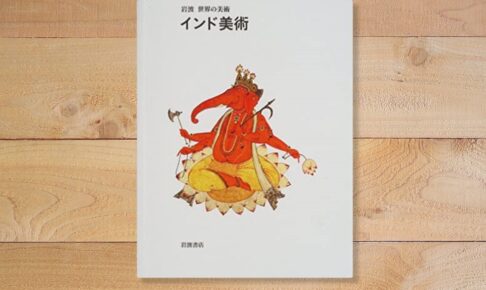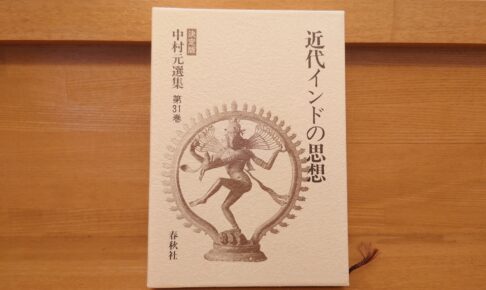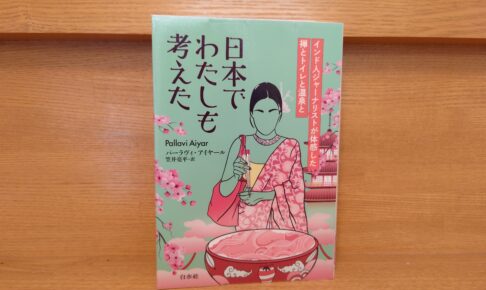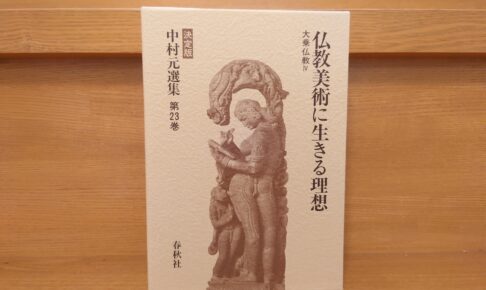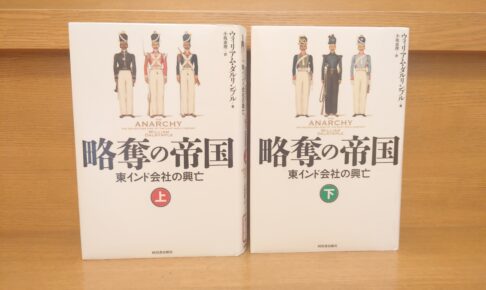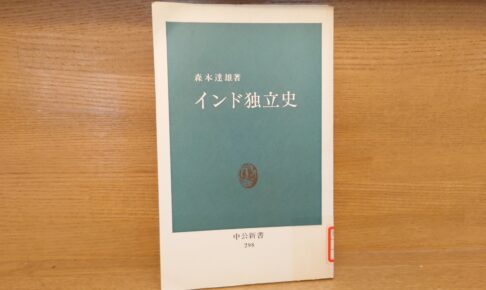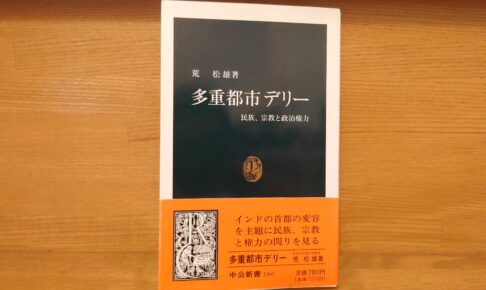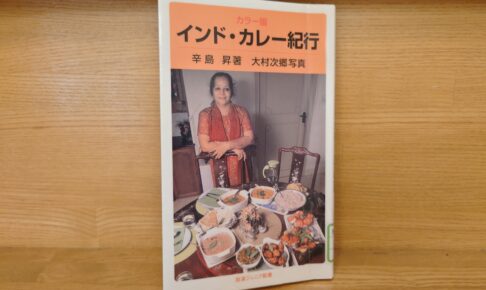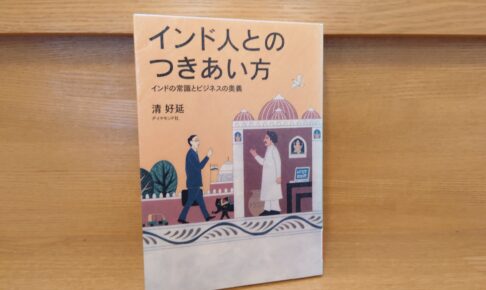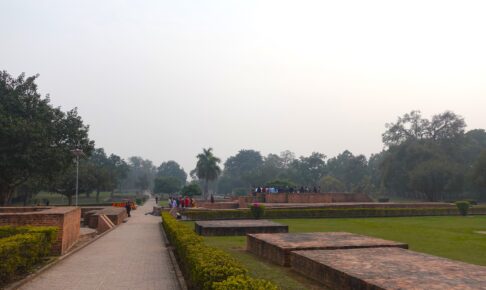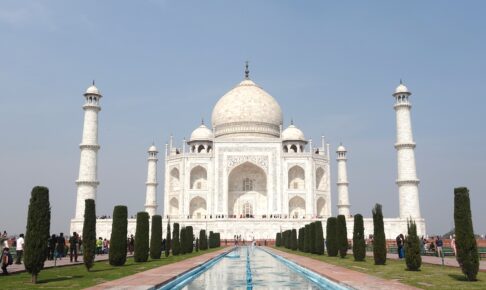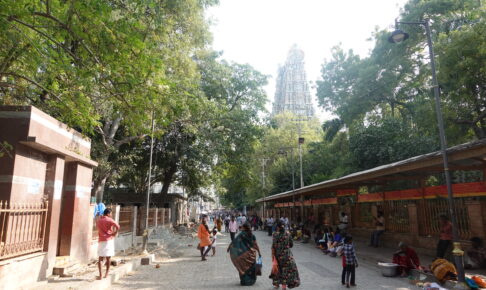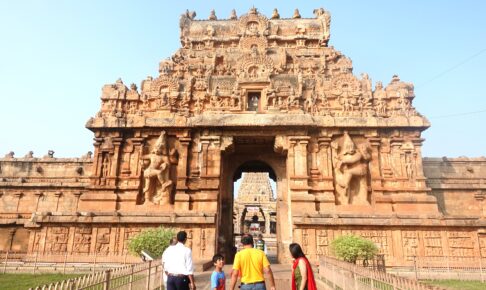V. Dehesia, "Iwanami Sekai no Bijutsu: Indian Art" - All color, full of great photos! Recommended Indian Art Guidebook
This book is an amazing overview of art history from the Indus civilization to modern India in one volume. The book is unique in that it is richly illustrated with photographs, all in color. It is also arranged by period, so it is gratifying to know how Indian art has changed over the years.
I was particularly interested in Buddhist art, and I appreciated the beautiful photographs of early Buddhist statues and sculptures. The explanations were easy to understand and I immediately felt that this was a work I would highly recommend.












